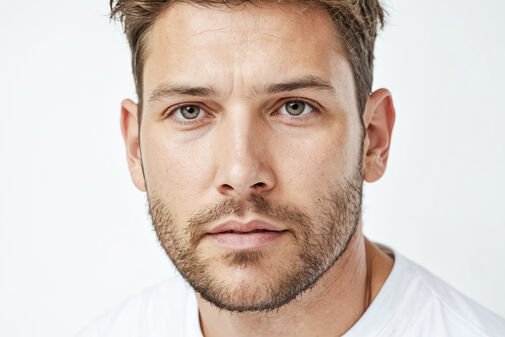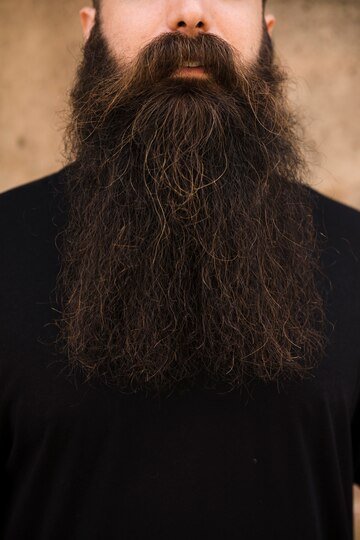A full, straight beard is like a dream for most men because it makes them look more handsome and stylish. For many, a patchy beard is disappointing because it doesn’t enhance their appearance. However, I believe you should not be disheartened by a patchy beard; instead, you should embrace it. Many individuals with patchy beards look good by taking care of them. Remember, having a patchy beard isn’t the end of the world—it’s an opportunity to work with what you’ve got and achieve your desired look. So read out this blog to learn how to deal with patchy beard and I believe it will help you.
Table of Contents
Toggle
Causes of Patchy Beards
Before learning about the solutions for a patchy beard, it’s important to understand its causes first. There are reasons for your patchy beard. Take a look at them:
Genetics
Genetic is a major factor which may cause a patchy beard. Similar to your father or grandfather, you may inherit a similar beard pattern.
Hormone Imbalance
Another reason for a patchy beard may be hormonal imbalance. A lack of testosterone can affect your beard growth.
Age
To determine if your patchy beard will persist, you have to wait until a certain age. Around the age of 16, most men may have short beards that appear patchy, but there is a possibility that they will fill out as they grow older. Around the age of 25, you can expect your beard to further develop.
Imbalanced Diet
While you have no control over the first three causes of a patchy beard, your diet can contribute to it. An imbalanced diet may be a reason for a patchy beard, for which you may be responsible. So, try to avoid an imbalanced diet.
Solutions for Patchy Beard
Here are some solutions which will help you to get rid of a patchy beard.
Let it Grow
The first step to improving your patchy beard is simply to let it grow. Giving your beard more time to develop allows patchy areas to fill out, and a longer beard can provide more even coverage, helping to blend the patches. Patience is key, as facial hair doesn’t grow at the same rate everywhere.
Grooming
Proper grooming is essential for a patchy beard. For example, you should regularly brush or comb it. In addition, using supplements and beard oil can help improve your patchy beard.
Diet
A nutrient-rich diet plays a crucial role in promoting healthy beard growth. As hair is primarily composed of protein, so adequate protein intake is essential. Additionally, vitamins B, C, and D, along with minerals like zinc and iron, contribute to maintaining strong and steady beard growth. A diversified diet rich in essential nutrients can help prevent hair loss and thinning, leading to a fuller, denser beard. However, caution should be exercised when supplementing nutrients, as excessive intake may exacerbate hair loss.
Exercise
Regular exercise, particularly weight-training with compound movements, can help boost testosterone levels and improve blood circulation, which can positively impact beard growth. Activities such as pushups, pull-ups, squats, and deadlifts engage multiple muscle groups effectively. Consulting with a trainer is advisable, especially for beginners, to ensure proper form and prevent injuries. Additionally, accessible alternatives like cardiovascular exercises (walking, running, biking), yoga, and strength training can contribute to overall physical and mental well-being, addressing concerns about a patchy beard and promoting a healthier appearance.
Rest, Stress Management, and Sleep Optimization
Achieving a fuller, healthier beard goes beyond grooming routines; it hinges on essential lifestyle practices. Prioritizing adequate rest, stress management, and quality sleep is paramount. Research underscores their impact on beard health, with insufficient sleep disrupting hormone balance and chronic stress impeding growth. By prioritizing rest, practicing stress-reduction techniques, and aiming for quality sleep, individuals can enhance blood circulation to hair follicles, fostering more robust beard growth.
In conclusion, while a patchy beard may initially seem like a setback, it’s important to recognize that there are solutions available. By understanding the causes and implementing appropriate grooming techniques, dietary adjustments, exercise routines, and prioritizing rest and stress management, individuals can work towards achieving a fuller, healthier beard. Embracing patience and consistency in these efforts will ultimately lead to the desired result, allowing one to confidently rock their unique facial hair style.



